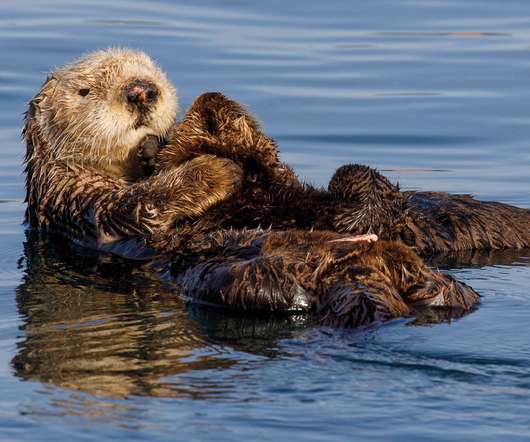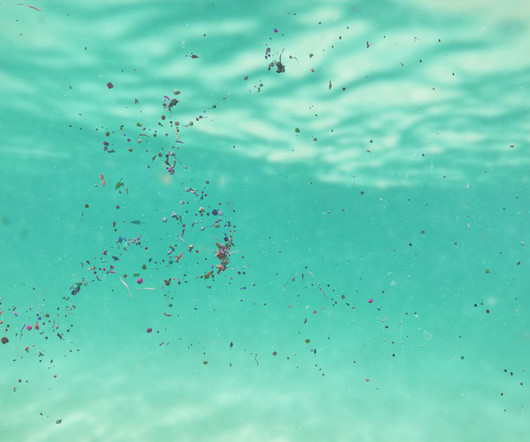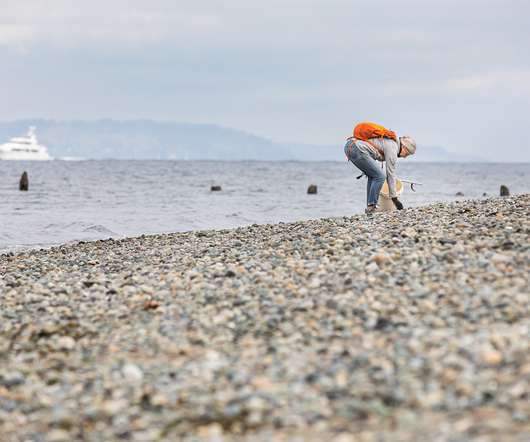Pathogens hitch a ride on plastic
Envirotec Magazine
JULY 4, 2022
Microplastics are a pathway for pathogens on land to reach the ocean, with likely consequences for human and wildlife health, according to a study from the University of California , Davis. The study, published in the journal Scientific Reports, is the first to connect microplastics in the ocean with land-based pathogens.















Let's personalize your content